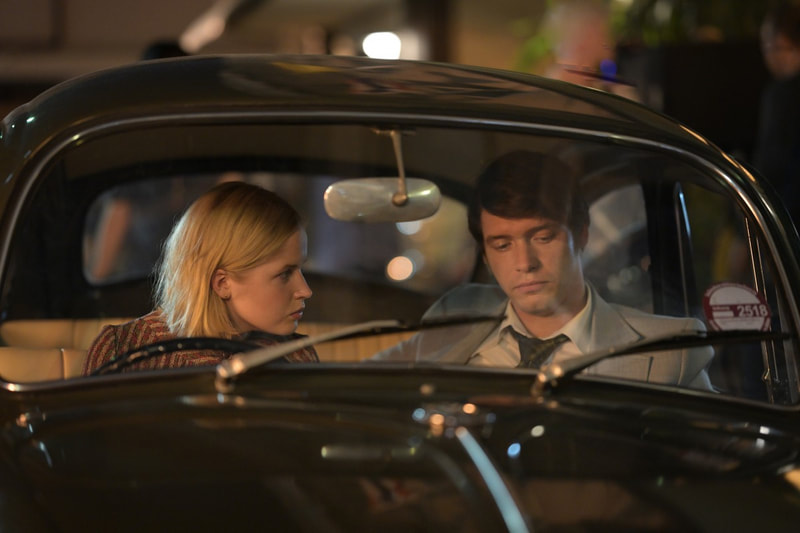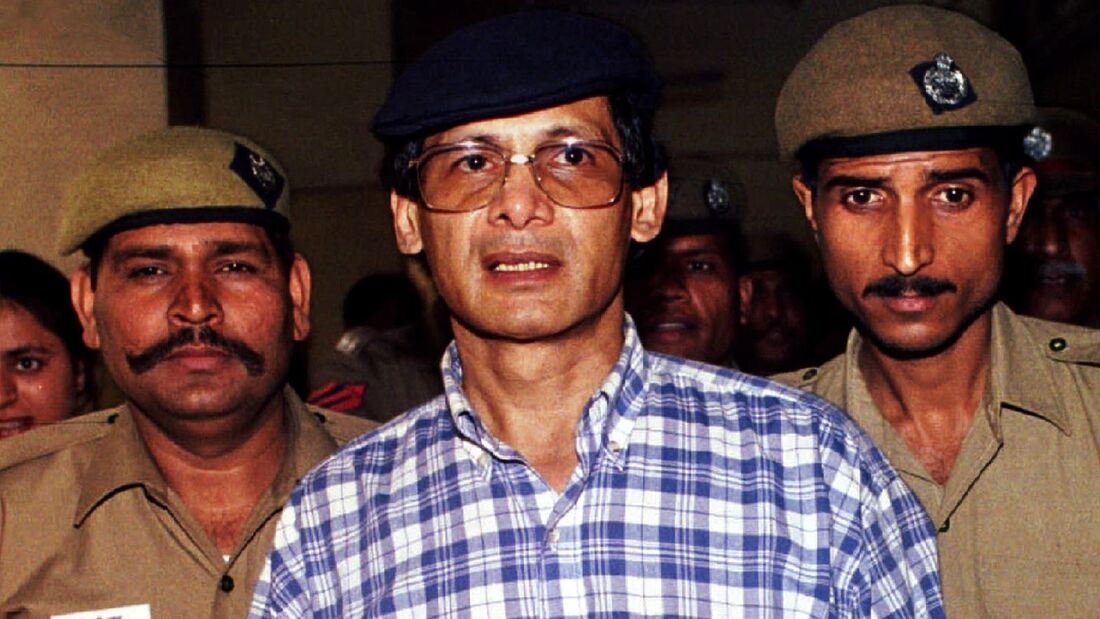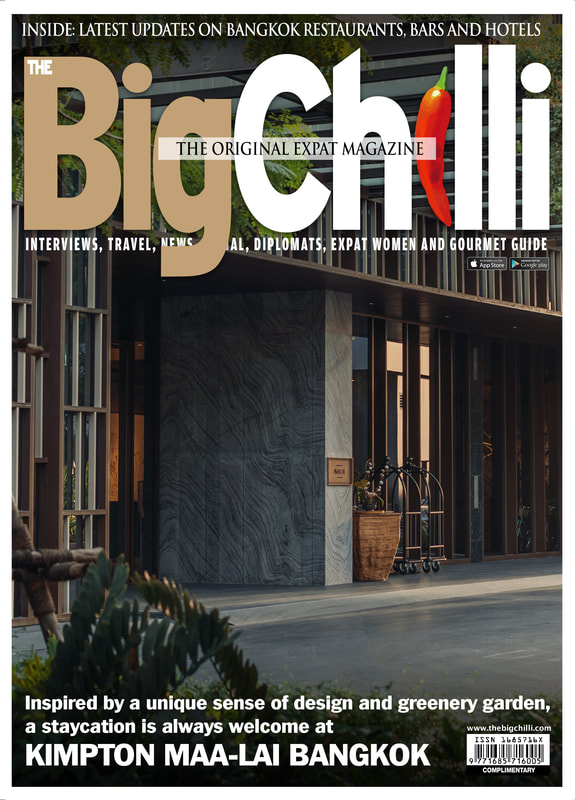| A new eight-part crime drama called The Serpent has been shocking British TV audiences with its terrifying real-life story of Charles Sobhraj, a French-Vietnamese serial killer linked to over 20 murders of mostly young hippies across the world - including Thailand - during the 1970s Premiered on BBC One on New Year’s Day 2021, the miniseries has enjoyed wide critical acclaim. It was shot on location in Thailand, until the COVID-19 pandemic halted production, and then completed in Hertfordshire, England, in August last year. It follows the exploits of Sobhraj and his girlfriend Marie-Andrée Leclerc who travelled across Thailand, Nepal and India in 1975 and 1976, carrying out a spree of deadly crimes on the Asian ‘Hippie Trail’. Thailand was the scene of his most ghastly deeds, committed during 1970s when Bangkok was a heady and quixotic haven for hippies and adventurers. Sobhraj and his accomplices lured a string of wealthy young western tourists to their deaths with a promise of drugs and the high life. The British production is the latest in a long line of movies, documentaries and books detailing the shrewd and demonically calculating Sobhraj. |
Sobhraj was nicknamed The Serpent due to his skills at deception and evasion, but also earned the label The Bikini Killer on account of the clothes worn by some of his victims.
The trailer for the BBC series opens with Sobhraj, played by French actor Tahar Rahim, at a pool party in Thailand packed with young westerners.
With a chilling foreboding, he tells them: “Welcome to Kanit House.” This is the actual name of the Bangkok apartment block on Soi Saladeang where several of Sobhraj’s crimes were carried out.
For veteran Bangkok-based journalist Ken Barrett, Kanit House holds a special yet dark memory, as he explains here:
The trailer for the BBC series opens with Sobhraj, played by French actor Tahar Rahim, at a pool party in Thailand packed with young westerners.
With a chilling foreboding, he tells them: “Welcome to Kanit House.” This is the actual name of the Bangkok apartment block on Soi Saladeang where several of Sobhraj’s crimes were carried out.
For veteran Bangkok-based journalist Ken Barrett, Kanit House holds a special yet dark memory, as he explains here:
Terror of Bangkok expat who discovered she was living in killer's chamber of death in Bangkok
By Ken Barrett
I n 1981 I had been brought out from London to Bangkok by a local publisher, and hadn’t been here long before a British girl, Sarah, was recruited as the publisher’s marketing manager. She took an apartment in a 1950s block on Bangkok’s Saladaeng Road. The block, which was somewhat shabby but still respectable, stood on a corner site and consisted of two five-storey wings with a small swimming pool to the front.
Sarah lived alone, and the moment she moved in she felt uneasy in the place. There was no reason she could identify, she told me; there was just something that wasn’t right. And there was the strange fact that the cleaners would not enter the apartment.
Looking around the office one day for some reading material, Sarah found a book written by Richard Neville, entitled The Life and Crimes of Charles Sobhraj, which had been published a couple of years previously. Taking it home to her apartment, she began reading.
She reached the point, about halfway through the book, where Neville describes Sobhraj’s arrival in Bangkok. He had rented an apartment in Kanit House. That was the name of this apartment block. The apartment number was 504. This very same apartment.
Neville had himself actually been to the apartment when researching for the book, and he described the place in detail, right down to the kitchenette with its padded vinyl bar, the liver coloured rubber floor tiling, and the bamboo furniture. He had also been meticulous in reconstructing the events that had taken place in the rooms in which she now lived.
Lying on her bed late in the evening, Sarah read on about the doping and poisoning that had taken place in these rooms, and the young people who had been taken away and strangled or stabbed,
and their bodies doused in petrol and set alight.
She began to feel sick with horror.
After a sleepless night, and this being the weekend, Sarah went down to the pool where she got talking to another Kanit House resident, an American former helicopter pilot and his Thai girlfriend. The pilot said that, yes, that had been Sobhraj’s apartment. His girlfriend said there was a ghost in the place, and she refused to go inside.
That same day, Sarah fled the apartment, and arrived at the small house I had in nearby Soi Ruam Rudee, declaring in tears that she could not stay in the place for another night. My mae bahn made up a bed for her on the sofa, and she stayed the night. As luck would have it there was an empty house in my compound. She moved in the next day.
I went with her to the apartment to help clear out her possessions. There was a balcony running the length of the building, with the apartment at the far end, and it seemed to be in permanent shade. Inside, there was a dankness; something gloomy. I certainly would not have wanted to stay there myself.
Kanit House was still standing when I moved back to Bangkok in 1994, although by this time it was empty and shuttered. Soon after, it was pulled down. A smart condominium block called (and doubtless with no irony intended) The Legend now stands in its place.
I n 1981 I had been brought out from London to Bangkok by a local publisher, and hadn’t been here long before a British girl, Sarah, was recruited as the publisher’s marketing manager. She took an apartment in a 1950s block on Bangkok’s Saladaeng Road. The block, which was somewhat shabby but still respectable, stood on a corner site and consisted of two five-storey wings with a small swimming pool to the front.
Sarah lived alone, and the moment she moved in she felt uneasy in the place. There was no reason she could identify, she told me; there was just something that wasn’t right. And there was the strange fact that the cleaners would not enter the apartment.
Looking around the office one day for some reading material, Sarah found a book written by Richard Neville, entitled The Life and Crimes of Charles Sobhraj, which had been published a couple of years previously. Taking it home to her apartment, she began reading.
She reached the point, about halfway through the book, where Neville describes Sobhraj’s arrival in Bangkok. He had rented an apartment in Kanit House. That was the name of this apartment block. The apartment number was 504. This very same apartment.
Neville had himself actually been to the apartment when researching for the book, and he described the place in detail, right down to the kitchenette with its padded vinyl bar, the liver coloured rubber floor tiling, and the bamboo furniture. He had also been meticulous in reconstructing the events that had taken place in the rooms in which she now lived.
Lying on her bed late in the evening, Sarah read on about the doping and poisoning that had taken place in these rooms, and the young people who had been taken away and strangled or stabbed,
and their bodies doused in petrol and set alight.
She began to feel sick with horror.
After a sleepless night, and this being the weekend, Sarah went down to the pool where she got talking to another Kanit House resident, an American former helicopter pilot and his Thai girlfriend. The pilot said that, yes, that had been Sobhraj’s apartment. His girlfriend said there was a ghost in the place, and she refused to go inside.
That same day, Sarah fled the apartment, and arrived at the small house I had in nearby Soi Ruam Rudee, declaring in tears that she could not stay in the place for another night. My mae bahn made up a bed for her on the sofa, and she stayed the night. As luck would have it there was an empty house in my compound. She moved in the next day.
I went with her to the apartment to help clear out her possessions. There was a balcony running the length of the building, with the apartment at the far end, and it seemed to be in permanent shade. Inside, there was a dankness; something gloomy. I certainly would not have wanted to stay there myself.
Kanit House was still standing when I moved back to Bangkok in 1994, although by this time it was empty and shuttered. Soon after, it was pulled down. A smart condominium block called (and doubtless with no irony intended) The Legend now stands in its place.





 RSS Feed
RSS Feed
















